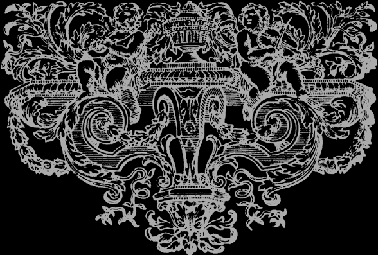N E W 5 - O C T A V E H A R P S I C H O R D S
I N T H E N E A P O L I T A N S T Y L E
Designing and drawing the Mozart/Scarlatti harpsichords
|
|
The instruments were made using only a sketch drawing indicating the various dimensions and measurements in Neapolitan once. A ruler was made marked out in once and each oncia on the ruler was divided into 10 minuti. Then a series of sticks was made giving: 1) the various case dimensions, 2) the string lengths of each of the f notes and the lengths of the notes at the breaks at the bass end of the bridges, as well as the plucking points of the bottom F1, f and f3 notes, and 3) the lateral spacing of the pins on the bridge and the nut. This section give details of the how these instruments were designed with some of the drawings used as a guide to their construction. The design of the harpsichords being discussed here followed the specifications discussed elsewhere on this site. The scalings were based on the following (for details see the section on stringing and soundboard layout): g#3 = 4 once f3 = 4¾ once f2 = 9½ once f1 =19 once f = 38 once F = 73 once C# = 90 once C = 77½ once A1 = 92 once G#1 = 79 once F1 = 94 once The notes in yellow were strung in yellow-brass strings, those in red in hard red-brass strings and those in violet in soft red-brass strings. The plucking points of the rear register plucking the long string were based on those found on a number of Neapolitan instruments, particularly those of Onofrio Guarracino, and were chosen to be 2 once for f3, 6 once for f, and 8 once for F1. A comfortable octave span for the average human hand is 7½ once. So 7½ once were divided equally into 12 parts for the 12 notes of the octave and the string band was laid out on the baseboard using the marking out sticks discussed elsewhere on this site.
|
Back to the main section on making the 'Mozart' harpsichords


